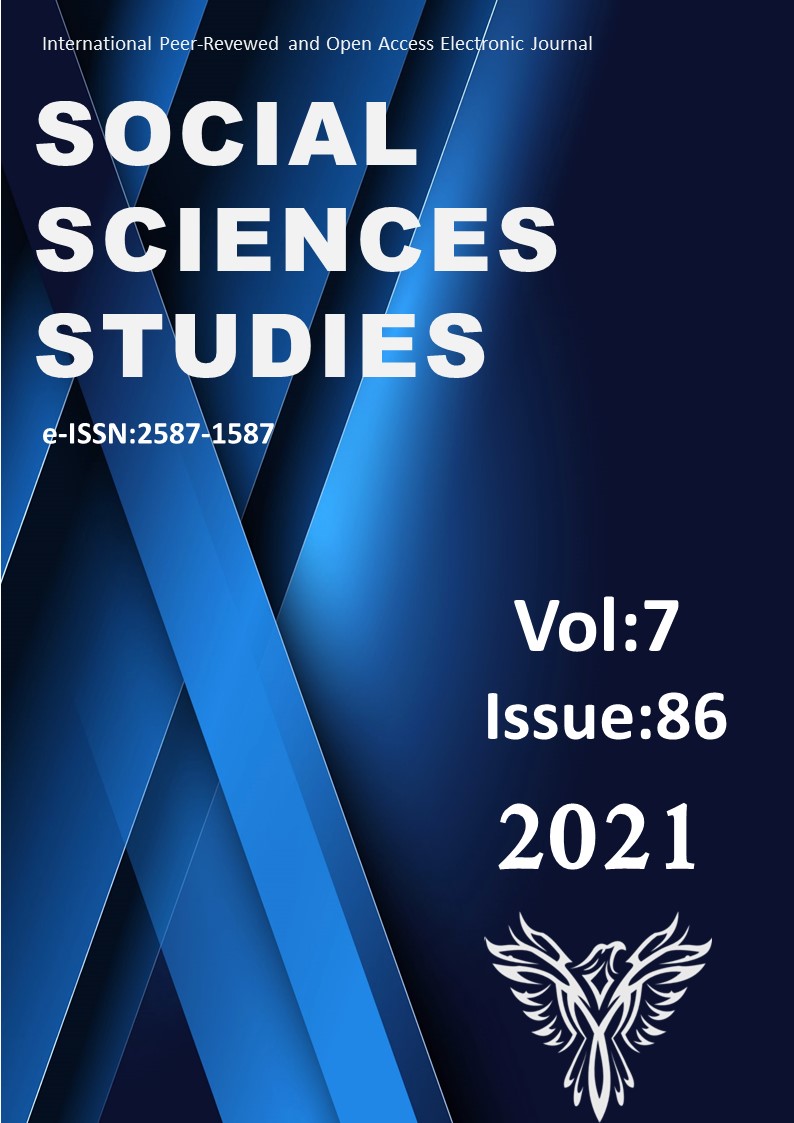Author :
Abstract
Araştırma, sağlık personelinin annelik hüznü (AH) ile ilgili bilgilerini belirlemek amacıyla yapıldı. Tanımlayıcı-kesitsel türdeki çalışma, 1. ve 2. basamak sağlık kurumlarında çalışan 125 sağlık personelinde gerçekleştirildi. Veriler soru formu ile öz bildirime göre toplandı, Ki-Kare ve Fisher Kesin Ki-Kare testi ile değerlendirildi. Ortalama 39.78 ± 7.31 yaşında olan katılımcıların %56’sı AH’yi bildiğini belirtti. Bunların %61,4’ü AH’yi doğru tanımladı, %54,3’ü görüldüğü günleri bildi. En çok bilinen risk faktörü stres (%58.6), etyoloji hormonal değişiklikler (%51,4), semptomlar ise depresif duygular (%71,4) ve anksiyete (%67,1) idi. AH’nin pozitif semptomları (ör. mutluluk/sevinç: %17,1), tanı yöntemleri (ör. tarama ölçekleri: %21,2), komplikasyonları (ör. postpartum psikoz: %17,7) ve önleme/tedavi yöntemleri az biliniyordu. Hemşireler/ebeler ile Toplum Sağlığı Merkezi ve çocuk kliniklerinde çalışanların bilgileri yetersizdi (p=0.003). Postpartum dönemde annelere bakım veren sağlık personeli AH ile ilgili yetersiz bilgiye sahiptir. Bu nedenle planlı ve sürekli eğitimlerle AH’ye yönelik farkındalıkları artırılmalıdır.
Keywords
Abstract
This study aimed to explore the actual postpartum blues (PB) knowledge status among health personnel who care for postpartum women. The descriptive, cross-sectional study was conducted among 125 health personnel working at the primary health care centers and childbirth and pediatric clinics of secondary health care centers, and serving mothers within first 14 postpartum days in Söke district of Aydın. Following the verbal/written approval of volunteers, self-reported data were collected via a questionnaire prepared by researchers, and analyzed by descriptive statistics, Chi-squire test and Fisher’s exact test. Samples’ average age was 39.78 ± 7.31, 81.6% were women, and 44.8% were bachelors. Only 56% of participants told that they were aware of PB. Of these, however, 61.4% defined PB correctly, and 54.3% were aware of its days of onset. Stress (58.6%) was marked as a risk factor and postpartum hormonal changes (51.4%) as a cause, while frequent crying (87.1%), depressive feelings (71.4%) and anxiety (67.1%) were the most rated symptoms. Especially, positive symptoms (e.g. happiness/joyfulness: 17.1%), diagnosing methods (e.g. screening scales: 21.2%), complications (e.g. postpartum psychosis: 17.7%) and treatment methods were little known. Nurses/midwives, and those working in population health centers and pediatric clinics had insufficient knowledge (p=0.003). Although 72.9% found their knowledge sufficient, 76% wanted information. In conclusion, health personnel who care for postpartum women has insufficient knowledge regarding PB. Therefore, their PB-awareness should be increased by planned and continued educations.





